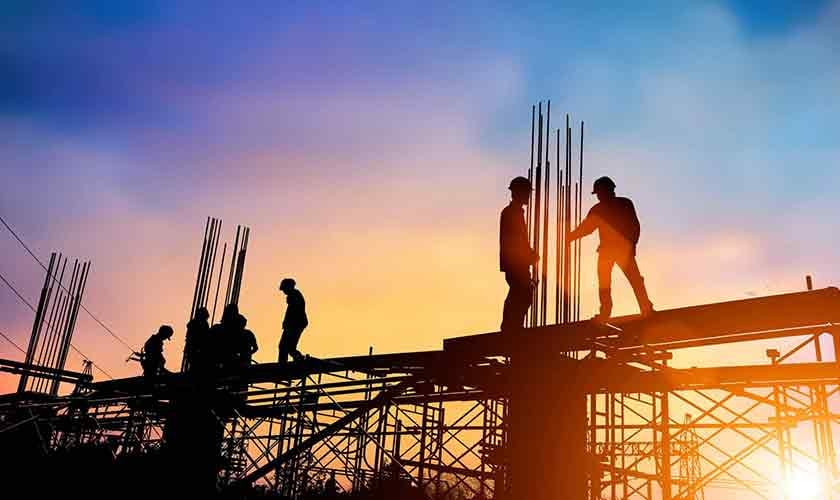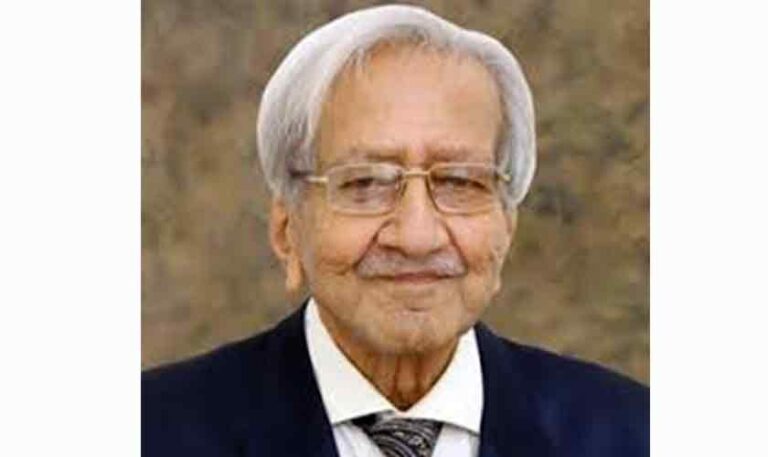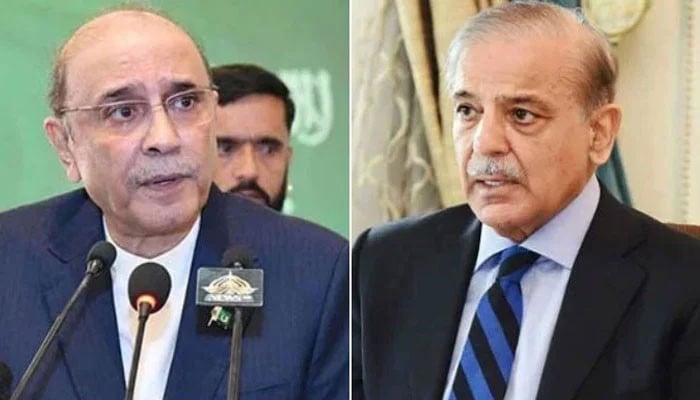
#Punjabs #development #priorities #Political #Economy
For the financial year 2025-26, he has made a total outlay of Rs 5,335 billion in the Punjab budget. This includes a development allocation of Rs 1,240 billion, larger than the federal government’s development budget. This reflects the provincial commitment to drive its development agenda. The development allocation for the previous year was Rs 1,109 billion, of which 78 per cent was utilised. The 2.75 percent increase in current spending over the past year is a significant departure from the 22 percent annual average growth in the past.
The development budget reveals a shift in sectoral priorities. The social sector has seen modest growth, with its share of the overall development budget increasing by 4 percentage points to 40 percent. In contrast, infrastructure development suffered a significant decline of 19 percent, from 46 percent to 27 percent of the total in the previous year. Their shares in the manufacturing and services sectors have seen an increase of 6 percent and 4 percent respectively.
The development budget for the education sector is Rs 148 billion, which is an increase of 80% compared to Rs 82 billion last year. However, a substantial part of this increase, Rs 37 billion, is for the Punjab laptop scheme. Apart from this, the increase in education funding is 35%. While the school and special education budgets have seen significant increases of 135 percent and 150 percent respectively, the allocation for literacy and non-formal education has remained stagnant at Rs 4 billion. Key initiatives in this sector include the Punjab Education Foundation, scholarship programs and reconstruction of school buildings. Lack of increased funding for non-formal education remains a major concern, suggesting the need for greater attention to equity and access.
182 billion has been allocated for health sector development, which is a 10% increase over the previous year. Although major projects such as the establishment of the Nawaz Sharif Medical District in Lahore and the Children’s Hospital in Rawalpindi are part of the plan, a significant portion is dedicated to community-level initiatives. These include Maryam Nawaz Community Health Services Program and reform of 24/7 Basic Health Units (BHUs).
Stunting is the most widespread form of nutrition. Some districts in Punjab have reached 35-40% prevalence. Underweight rates are close to stunting, with some districts showing 30 percent underweight children. However, there are no dedicated budget lines for nutrition, with only Rs 100 million earmarked under water supply and sanitation going towards a multi-pronged nutrition strategy. However, steps have been taken to address malnutrition among children in the Chief Minister’s Punjab School Feeding Program in eight districts (Rs 7 billion) and a feeding program for students enrolled in special educational institutions operating in Punjab (Rs 1.45 billion). Due to malnutrition among women and children in Punjab, UN/Development partners are advocating for dedicated budget lines in the Annual Development Program to help focus and monitor the situation for improvement.
For child protection, Rs 108.61 million has been earmarked for further expansion and strengthening of child protection centers in some districts. This allocation is intended for the construction of Child Protection and Welfare Bureau buildings/centres. However, there is no provision for price running. It is important to note that lack of dedicated human and financial resources has rendered some of these facilities non-functional. As a result, there is a significant gap in child protection services. At present, CPWB works only in nine districts with public resources. Remaining districts lack formal child protection services. The current year’s allocation represents an incremental improvement, but there is a need for integrated security systems and response mechanisms across all districts.
Together, the water supply and sanitation budget and the local government and social development budget have increased by 129 percent, from Rs 61.75 billion to Rs 142 billion. Punjab has been a major push for rural water and sanitation through the Rural Sustainable Water Supply and Sanitation Project, with a total allocation of Rs 96 billion, of which Rs 26 billion will be allocated during the current financial year. The local government and community development outlays are also supported by a foreign aid component of Rs 42 billion.
The Department of Environment and Climate Change has seen its allocation increase by 47.5%, now totaling Rs 14.7 billion. A substantial portion of this, Rs 4 billion, has been earmarked for the Chief Minister’s initiative.
The social security allocation is Rs 70 billion, which is lower than last year’s expenditure of Rs 119 billion. However, social welfare has increased by 75% to Rs 7 billion. A fixed amount of Rs 1.4 billion has been earmarked for women’s development. Key social welfare initiatives include the Hemat Card program for the disabled, Maryam Nawaz Social Security Ration Card, and skill enhancement and economic empowerment programs for rural women. These initiatives indicate an increased focus on empowerment and social safety nets.
The international funding landscape in Punjab is dominated by the World Bank, which provides 67 percent of foreign development assistance, six times more than the Asian Development Bank. This funding is heavily geared towards infrastructure and governance projects. There is an opportunity for strategic alignment on child-sensitive outcomes in externally funded education and health programs.
The Punjab Budget 2025-26 is a statement of provincial ambitions. It demonstrates a commitment to large-scale projects and social welfare initiatives but also highlights areas where a more balanced and equitable approach could be beneficial, particularly in key areas such as non-formal education, primary health care and nutrition.
The author is a policy practitioner. The opinions expressed here are personal






